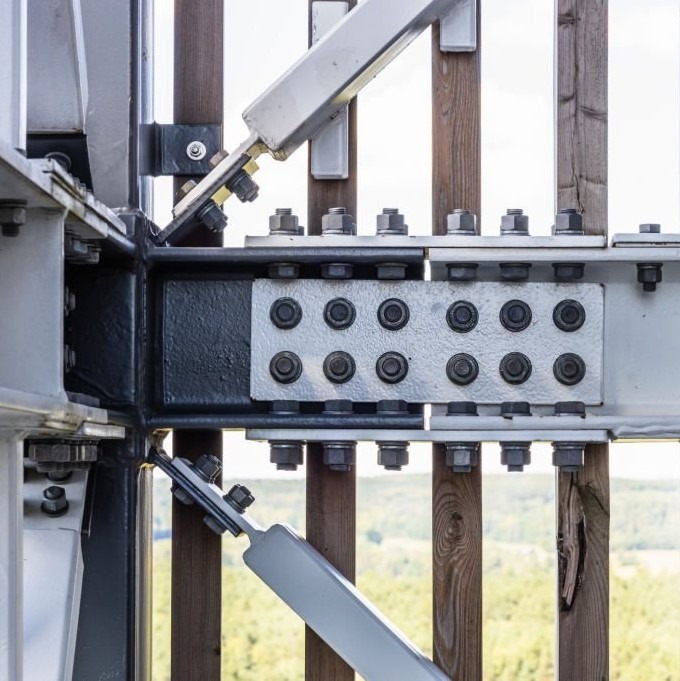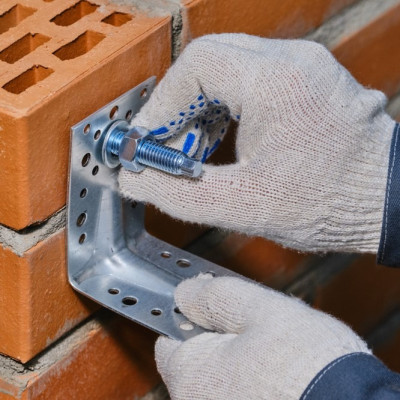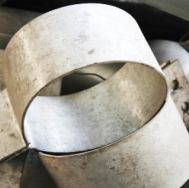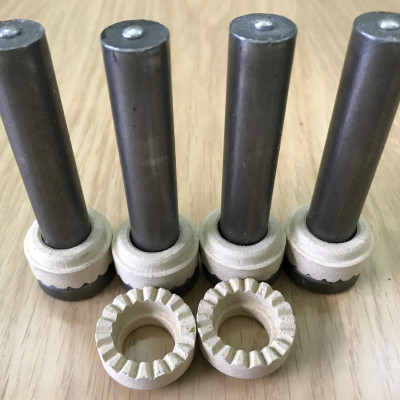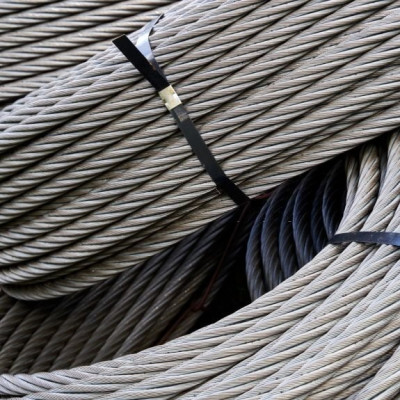A connection bolt is used to connect and securely fasten two or more mechanical components together. Connection bolts typically have square or specially designed heads that allow them to be tightly secured into the components that need to be connected. The primary purpose of connection bolts is to create a mechanical solid link between parts and prevent them from loosening.
The operation of connection bolts is as follows:
1. Preparation and Installation: During the installation process, connection bolts are chosen with the appropriate size and type for the specific requirements of the application. These bolts are twisted into the threaded hole using hand tools or machinery.
2. Connecting Components: Once the connection bolt is in place, it is used to join and securely fasten the mechanical components together. The bolt is typically inserted through holes and then tightened using a screwdriver or wrench.
3. Tightening and Maintenance: Connection bolts need to be tightened to the correct level to ensure the tightness of the connection. Regular inspection and maintenance of connection bolts are essential to ensure they do not come loose over time.
The uses of connection bolts include:
1. Mechanical Connections: Connection bolts are used to connect and fasten various mechanical components together, such as hinges, pipe fittings, and other parts.
2. Utilized in Construction and Assembly: Connection bolts are commonly used in construction and assembly to join parts of structures or equipment, particularly in constructing buildings, bridges, and industrial machinery.
3. Ease of Installation: Connection bolts are easy to install using hand tools like wrenches or screwdrivers.
4. Aesthetic Considerations: In some cases, connection bolts may be used for aesthetic purposes or to create focal points in mechanical or construction design.
In summary, connection bolts connect and securely fasten various mechanical components in many applications, particularly in construction, industry, and mechanical engineering.
